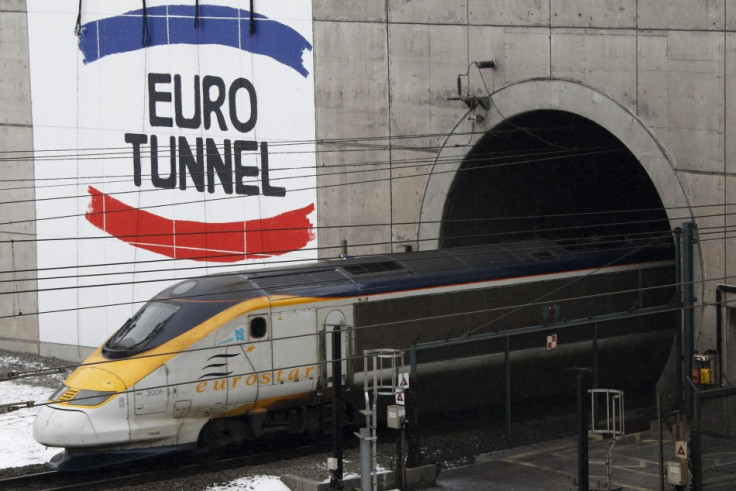The Channel Tunnel: Twenty Turbulent Years of Business

On 6 May 1994, the Eurotunnel was officially opened under the world's watchful eye, connecting France to England with a minimum of hassle. Twenty years to the day, the Chunnel, as it has been affectionately dubbed, is now in good stead, but its certainly had troubles along the way.
Commuting to mainland Europe was revolutionised by the 31.35 mile long tunnel, with 24 of those miles located beneath the English Channel, connecting Britain's Folkestone and Coquelles in France, making it the world's fifth-largest tunnel.
Thirteen thousand people were employed in the construction of the Eurotunnel when it finally got underway in 1988. Ten people died in the process, eight of them Britons.
The joint venture between France and England, which is managed by Groupe Eurotunnel, smashed its original budget when the building process finally finished six years later. It was estimated that the three tunnels, two for north and south trains and a smaller one for maintenance and emergencies, would cost roughly £4.7bn (€5.7bn, $7.9bn) to construct. However, it ended up costing more than double the original budget, racking up construction bills of £9.5bn.
The sizeable debt was the cause of a nervy period for the owners and filing for bankruptcy was under serious consideration in 2007-2008, as interest payments reached almost £2m a day.
However, shareholders approved a last minute restructuring scheme as the deadline quickly approached. A consortium of Deutsche Bank and Goldman Sachs saved the day when it pumped almost €4bn into the group, swapping loans for shares.
Thanks to the restructuring process, the Eurotunnel is now going strong and now makes a profit. In 2013 revenues were above €1bn for the first time in its history, an increase of 12% on the previous year, and net profit after tax was €101m.
It was a record breaking year: Eurotunnel carried over 20 million passengers across the channel last year.
Now that it has finally reaches its fabled potential, the owners have high hopes for the future. "In this year, the 20th anniversary of the Channel Tunnel, the Group has set itself new targets for the creation of value, with an objective for EBITDA of more than €500 million in 2015," Jacques Gounon, chairman and CEO of Groupe Eurotunnel, said.
We should remember that it made a loss of over £900m in its first year.
Pipe Dreams
The original idea for the Eurotunnel dates back to 1802 when French engineer Albert Mathieu came up with an elaborate plan to mine a passageway beneath the ocean which could be used as an underground highway for horse-drawn carriages.
The idea turned out to be a flash in the pan and it was quickly forgotten. However, France toyed with the notion once again in 1856 when Aimé Thomé de Gamond suggested putting a railway line between the two nations to Emperor Napoleon III.
© Copyright IBTimes 2025. All rights reserved.






















